🤖 Innovation, Sukhomlinov & Modern Finance
13 September 2020
Welcome back to the Week That Was series where I highlight a few things from the interwebs which I thought were interesting, noteworthy and probably worth your time.
Articles📝, Tweet(s)📱, Videos🎥, Charts 📈 all fair game with or without attendant commentary.
🏬🛍️🖥️ Brick & Mortar versus E-commerce
Visually comparing the fall of Brick & Mortar (Macy’s + JCPenny) to E-commerce giant Amazon.
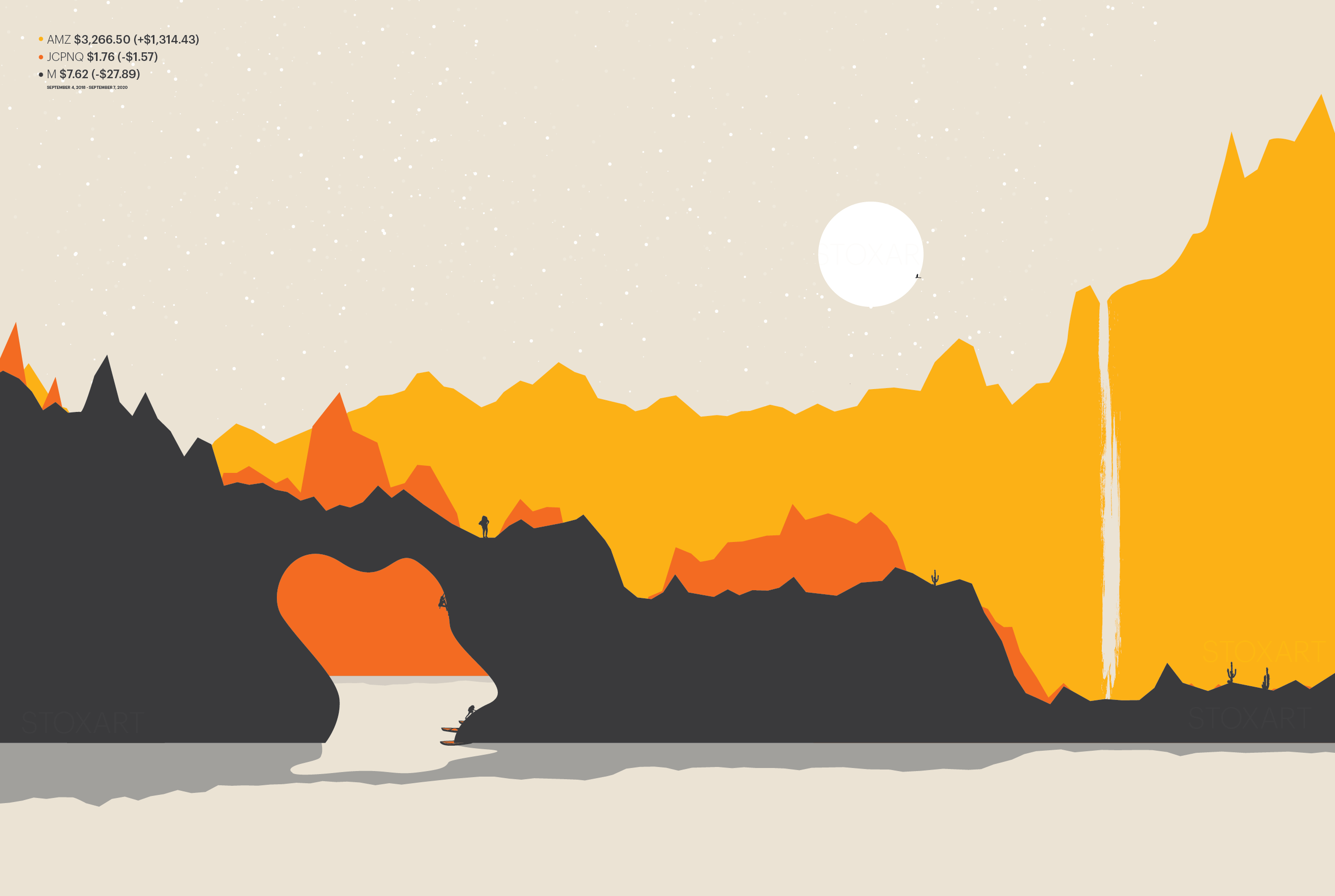
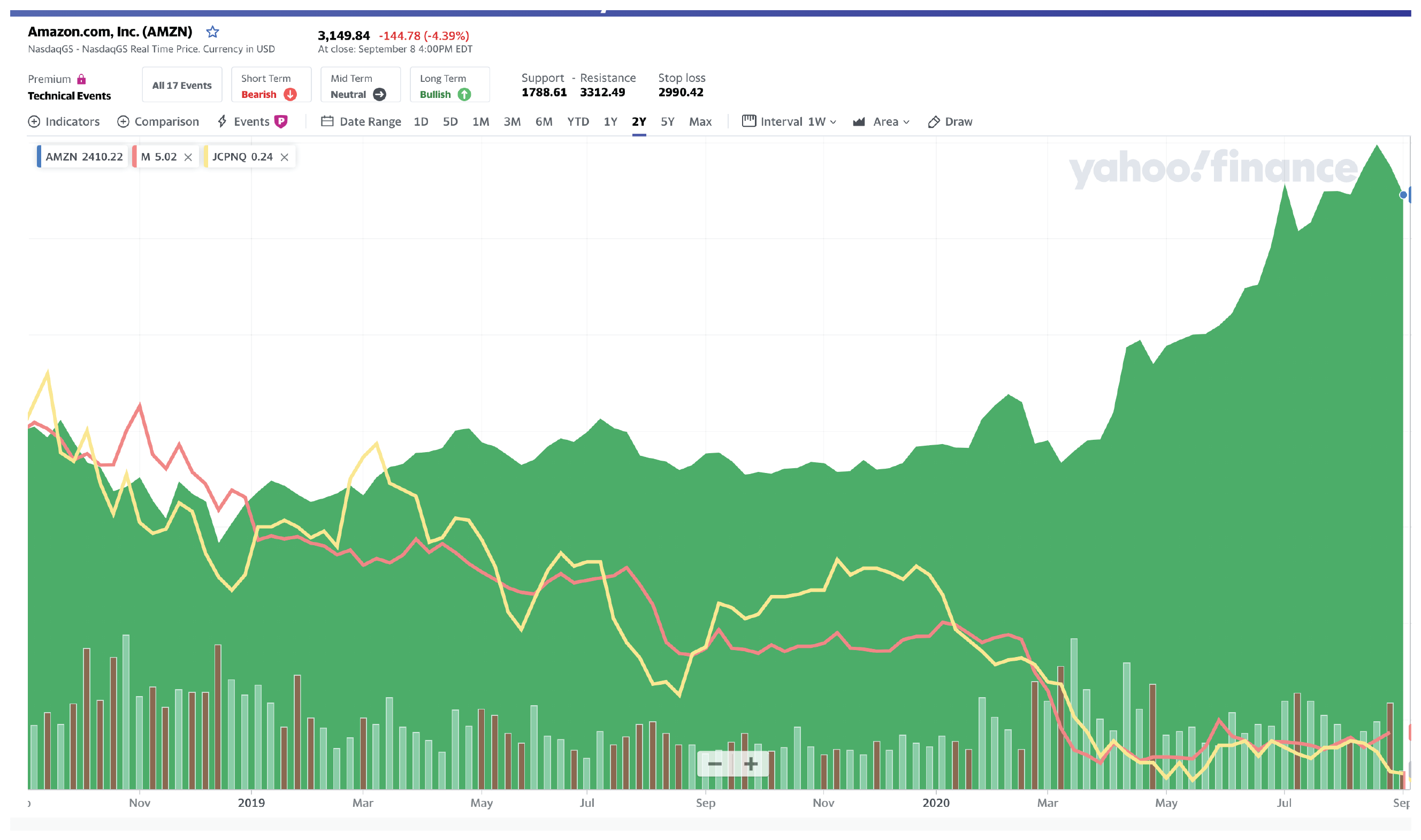
💷🤥 The Murderer, The Boy King & The Invention Of Modern Finance
(NPR)
When you look back at the history of money, you see long periods of time when everything is stable. Then there are these moments when everything just goes bananas and you see massive, dramatic changes in this really short period of time.
For example: John Law was a convicted murderer on the lam when he showed up in France in the early 1700s. In the space of just a few years, he created an entire modern economy — banks, paper money, a stock boom. (Also, he became one of the richest people in the world.)
The story of John Law tells us a lot about how finance still works — and also how it can blow up the world.
🎧 (21 min)
🎖️ The Sukhomlinov Effect
Simply stated, the Sukhomlinov Effect stipulates that in war victory goes to those armies whose leaders’ uni forms are least impressive.
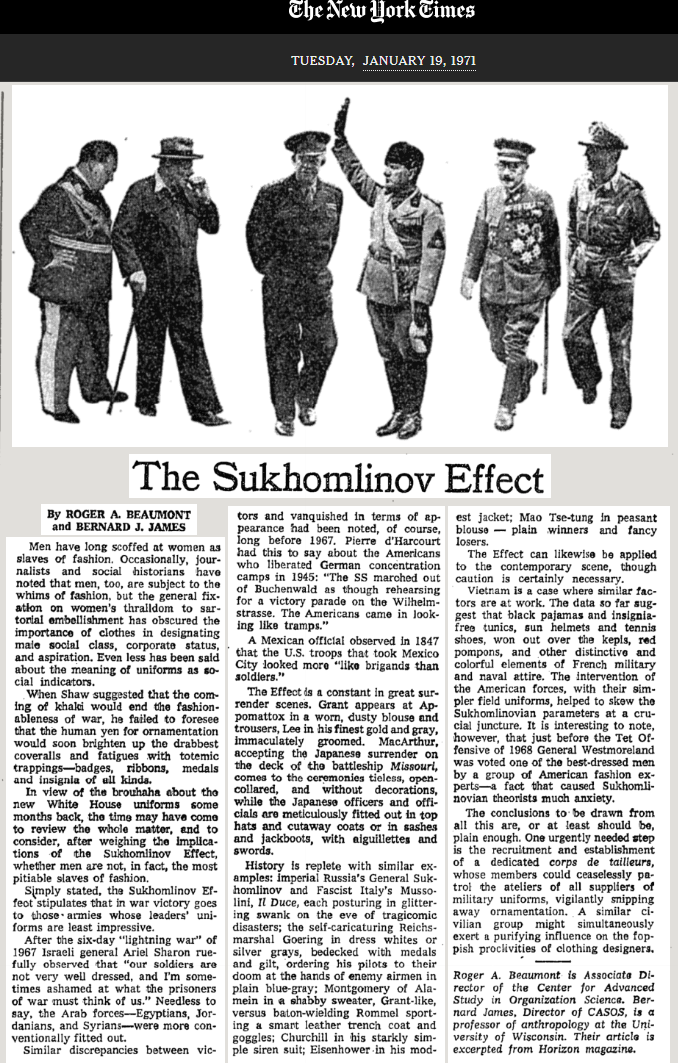
📹🔴 Bladerunner 2049 / SF2020
Unfiltered pictures of San Francisco at the moment look like shots from Denis Villeneuve’s Bladerunner 2049.
With the score from that movie added…the imagery is eerily uncanny.
💡🤖 How Innovation Works
Naval Ravikant is an Indian American entrepreneur and investor whose angel investment hits (of a total ~200 investments) includes Uber, FourSquare, Twitter and several other unicorns.
Here he has a conversation with Matt Ridley the author of The Red Queen and, recently, How Innovation Works. They cover many fascinating topics and uncover insights on Invention vs. Innovation, Individuals vs. Teams, Geographic Concentration of Innovation, Great Man Theory, Crypto, Political Fragmentation and Innovation, Automation, Innovation Famine, Filter Bubbles, Covid-19, his new book and much else.
“We are capable of making objects, even our simplest objects that are beyond the capability of one human mind to comprehend.”
“Unfortunately in 2020, the economists are building epidemic models and the epidemiologists are running the economy.”
⚖️🧐 Class Analysis
We’ve featured Peter Turchin on these pages before; the cultural evolution and cliodynamics expert’s 2020 predictions and general analysis of the current political moment is currently some of the most interesting (and so far predictive & explanatory) current sociology. (See his 📚Ages of Discord)
This longread by Julius Krein called 📝”The Real Class War", is an amazing companion-piece to Turchin’s analysis. It touches on some of what Eric Weinstein has been pontificating about (institutional sclerosis, boomers v the world etc) but offers a devastating and irreverant lens showing just how few emperors are donning any clothing at all.
“The real class war is between the 0.1 percent and (at most) the 10 percent—or, more precisely, between elites primarily dependent on capital gains and those primarily dependent on professional labor.”


💰🏢 Fortunes
“For the first time, there are more Fortune Global 500 companies based in Mainland China and Hong Kong than in the U.S. –124 vs. 121”
👩💻 Productise Yourself
Thread building on Naval Ravikant’s idea of productising yourself
Productizing yourself: (thread) pic.twitter.com/jJq99eMZdS
— Jack Butcher (@jackbutcher) September 12, 2020
🦠🧼🖐💦⚕ Greenzone
🌊🦠 2nd Waves
Western Europe and UK is headed back upwards. Spain is now matching the July peak in the US for new cases/day adjusted for population.
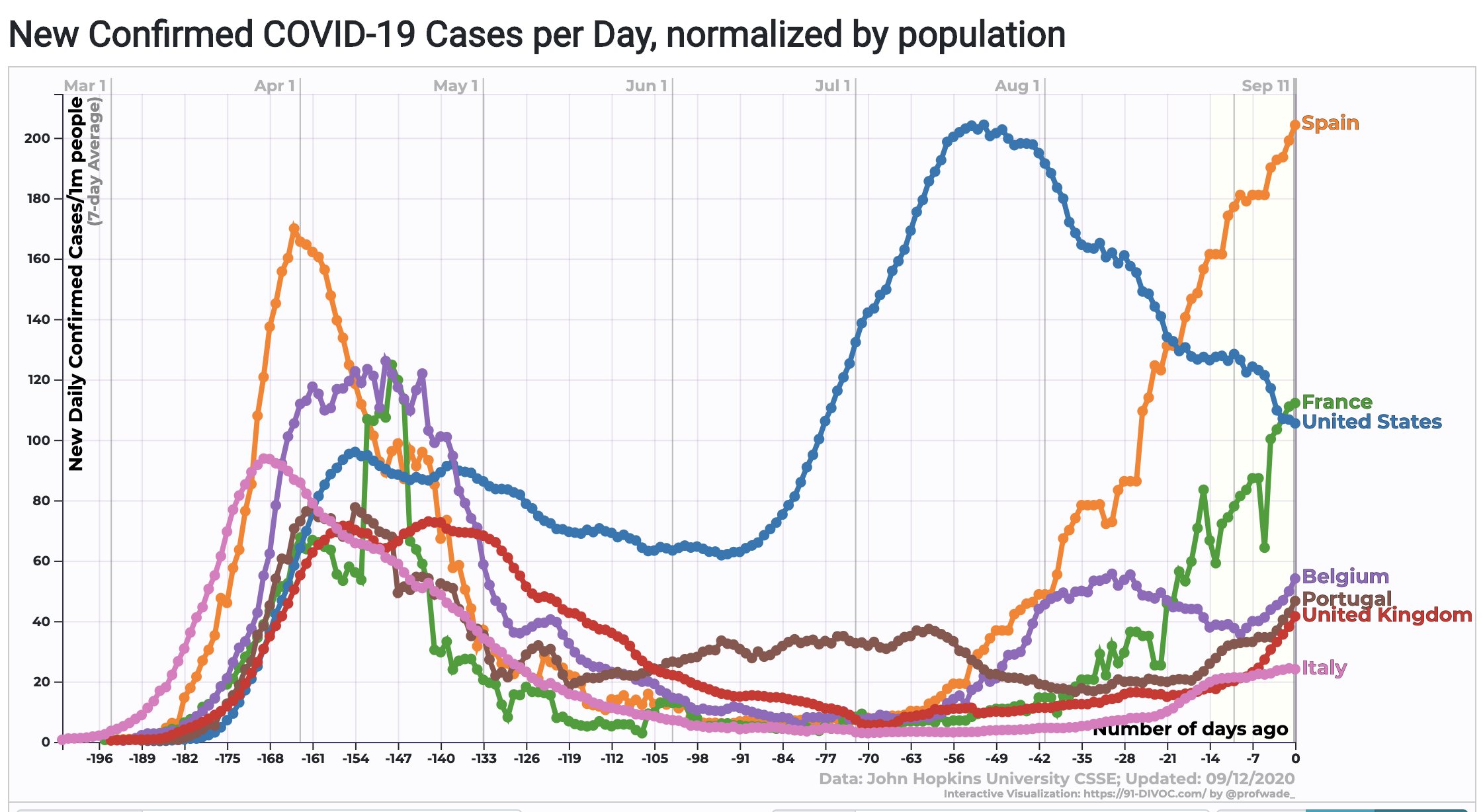
Herd Immunity 🐂
To quote Arnaud Fontanet in 📄Nature Reviews Immunology:
Herd immunity is a key concept for epidemic control. It states that only a proportion of a population needs to be immune (through overcoming natural infection or through vaccination) to an infectious agent for it to stop generating large outbreaks. A key question in the current COVID-19 pandemic is how and when herd immunity can be achieved and at what cost.
From the paper:
“no sterilizing immunity through cross-protection was evident during the SARS-CoV-2 outbreak on the Charles de Gaulle aircraft carrier, where 70% of the young adult sailors became infected”
Neurological Impact 🧠
As our understanding of the novel pathogen continues to evolve, and infection numbers march on - novel, longer-term, non-respitory effects continue to express; a fact which should see us continue to excercise requisite caution as we try to revive scarred economies.
In this NYT piece on 📝“How the Coronavirus Attacks the Brain” it’s reported
“Forty percent to 60 percent of hospitalized Covid-19 patients experience neurological and psychiatric symptoms, according to Dr. Robert Stevens, a neurologist at Johns Hopkins University.”
New study of 60 #COVID19 patients finds 55% were still displaying neurological symptoms during follow-up visits 3 months later. When compared brain scans to controls, brains of COVID patients showed changes that correlated w/ memory loss & smell loss. https://t.co/S3kowPUlgX
— Eric Feigl-Ding (@DrEricDing) September 12, 2020
The above references 📄this study published by THE LANCET which aims to identify the existence of potential brain micro-structural changes related to SARS-CoV-2.
📊
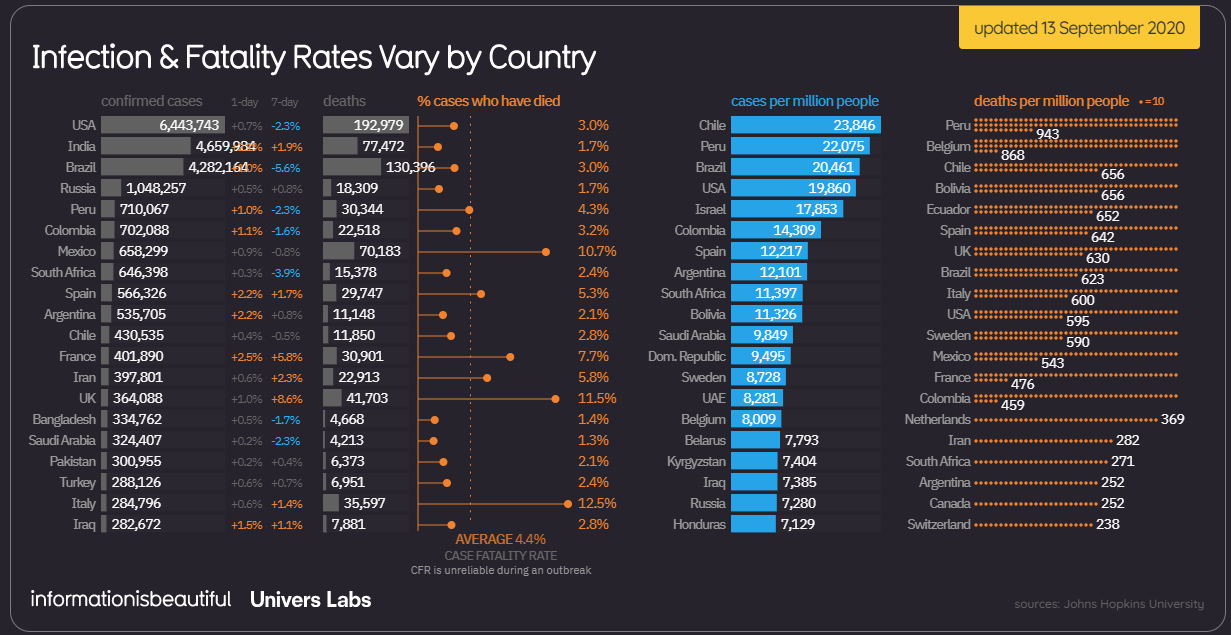
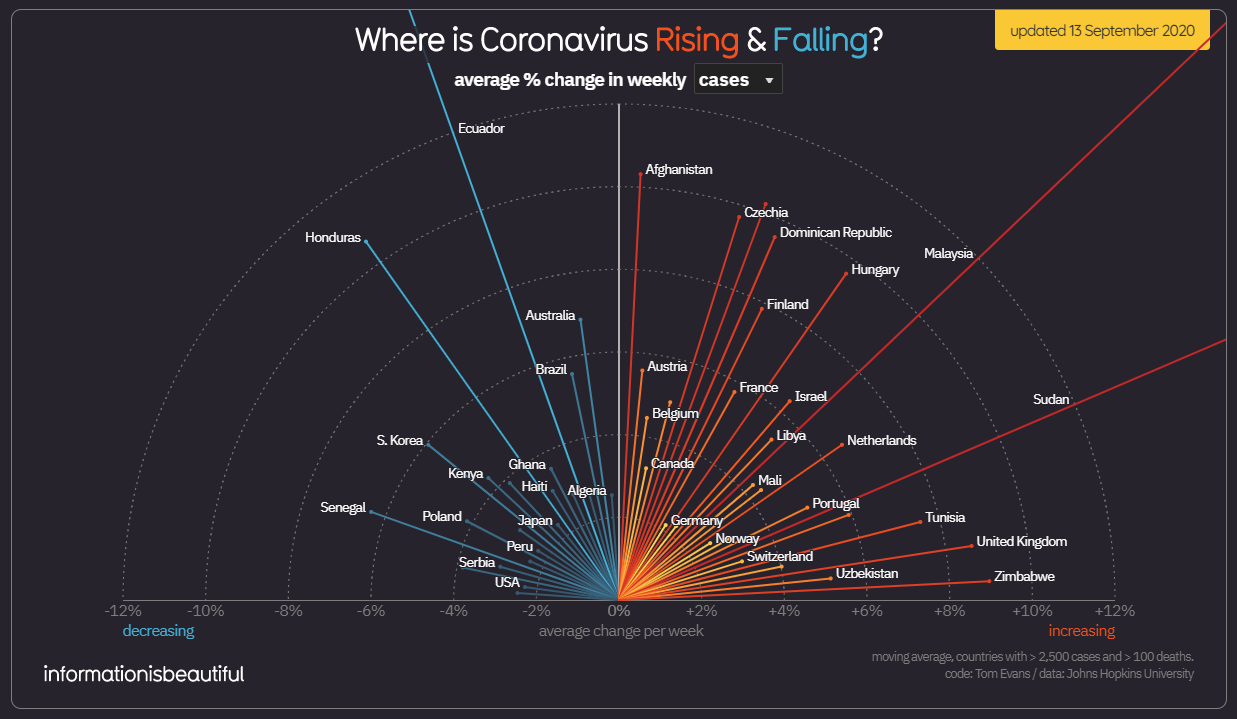
💬🏛️ Social Order
“Social order is not the result of the architectural order created by T squares and slide rules. Nor is social order brought about by such professionals as policemen, nightwatchmen, and public officials. Instead, says Jacobs, “the public peace—the sidewalk and street peace—of cities … is kept by an intricate, almost unconscious network of voluntary controls and standards among the people themselves, and enforced by the people themselves.”
― James C. Scott (Seeing Like a State: How Certain Schemes to Improve the Human Condition Have Failed)
☀️ Our Sun
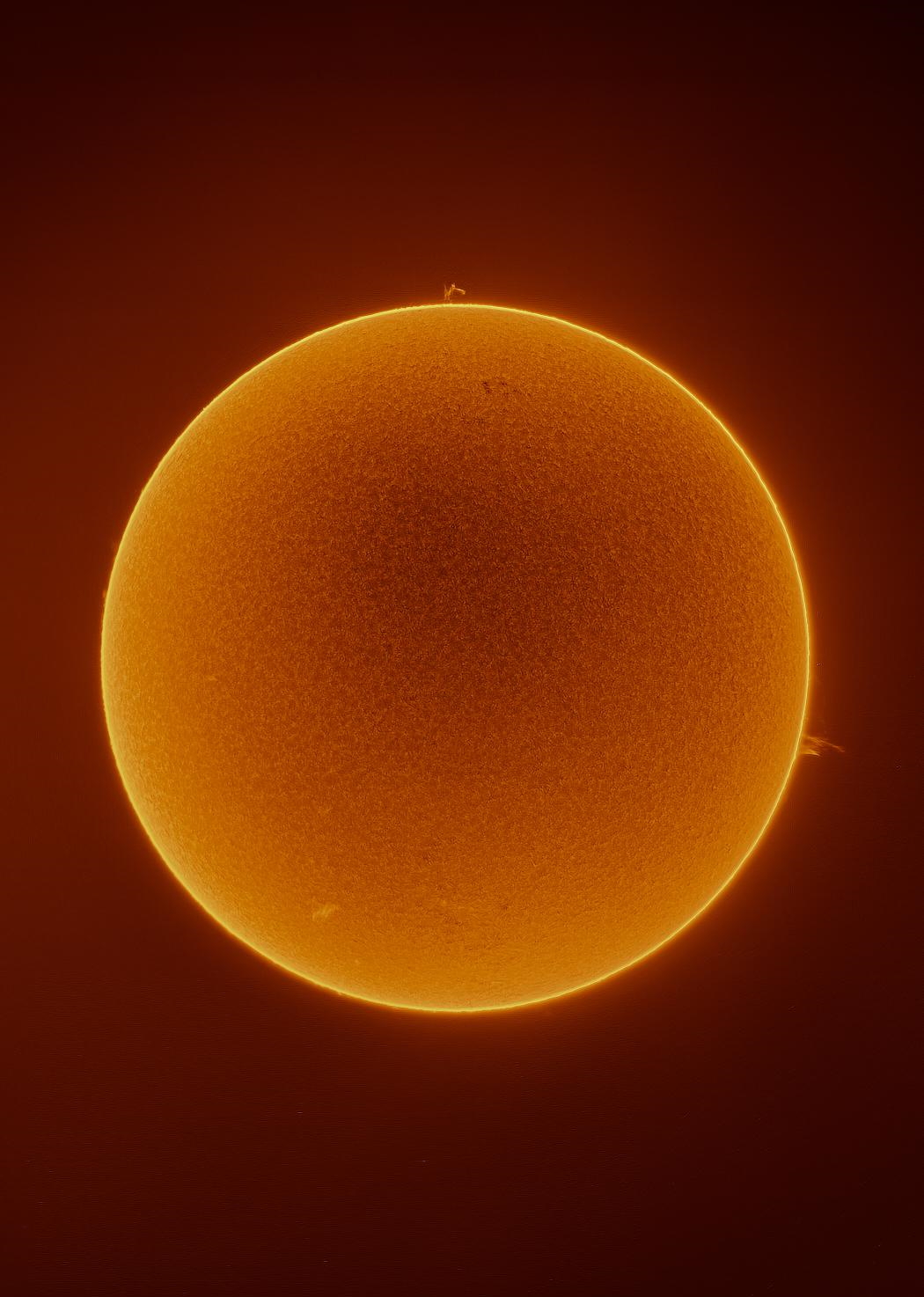
Our sun, early morning on Sept. 6, 2020
🔭🎞️ The Backward Astronomer
An animated short by Jake Nelson.
Synopsis: A privileged, young man falls in love with a wealthy woman and together they lead reckless lives of opulence in New York City. That is, until he finds something better.
📜🖋️ Oh…and one more thing
A pictoral reminder that Canada signed Japan’s official surrender in the wrong place, forcing all subsequent parties to do likewise. A mistake of historical proportions… as they say.
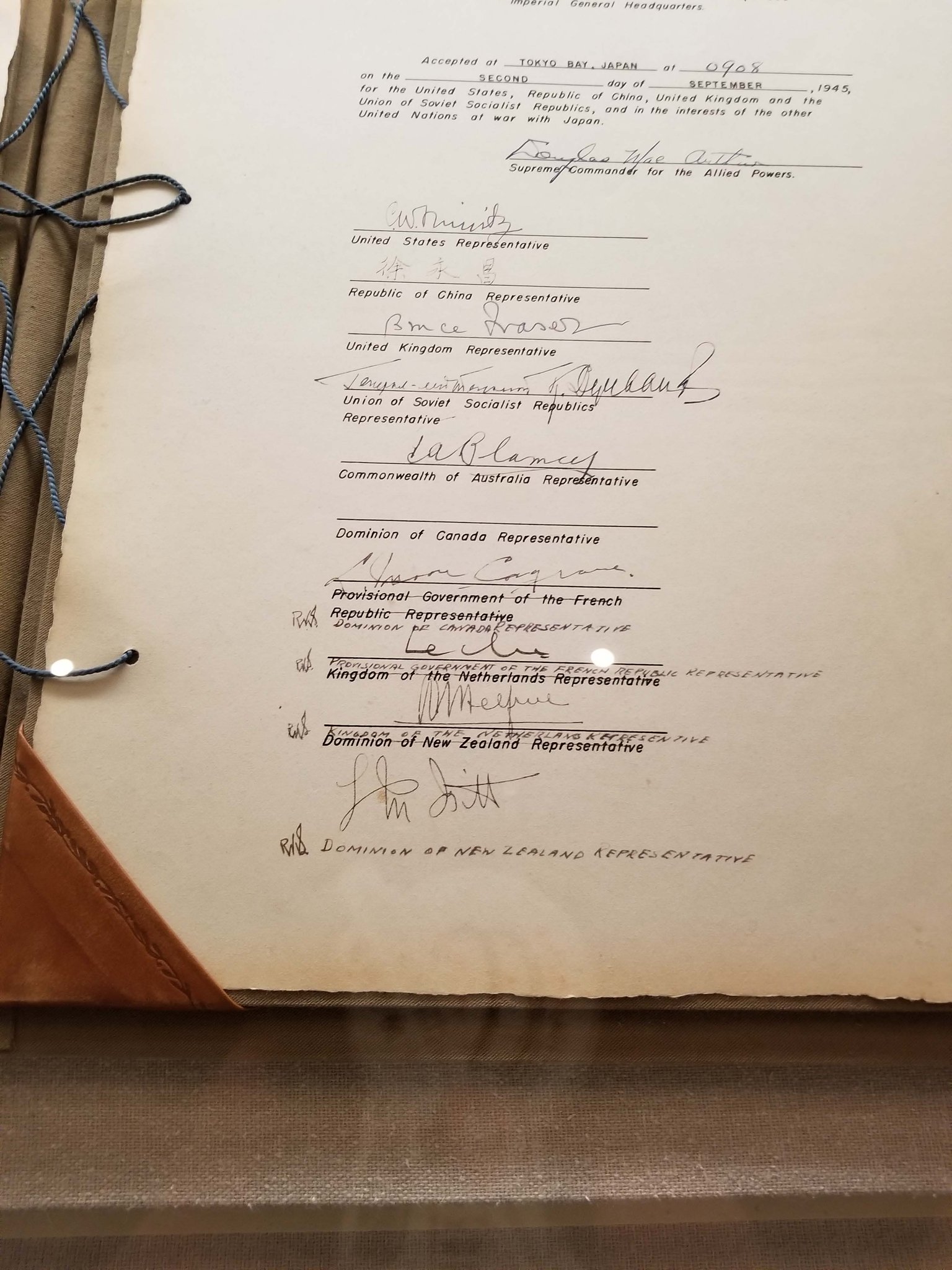
📧 Get this weekly in your mailbox
Thanks for reading. Tune in next week. And please share with your network
Links The Week That Was Pickings
fa17eab @ 2023-09-18